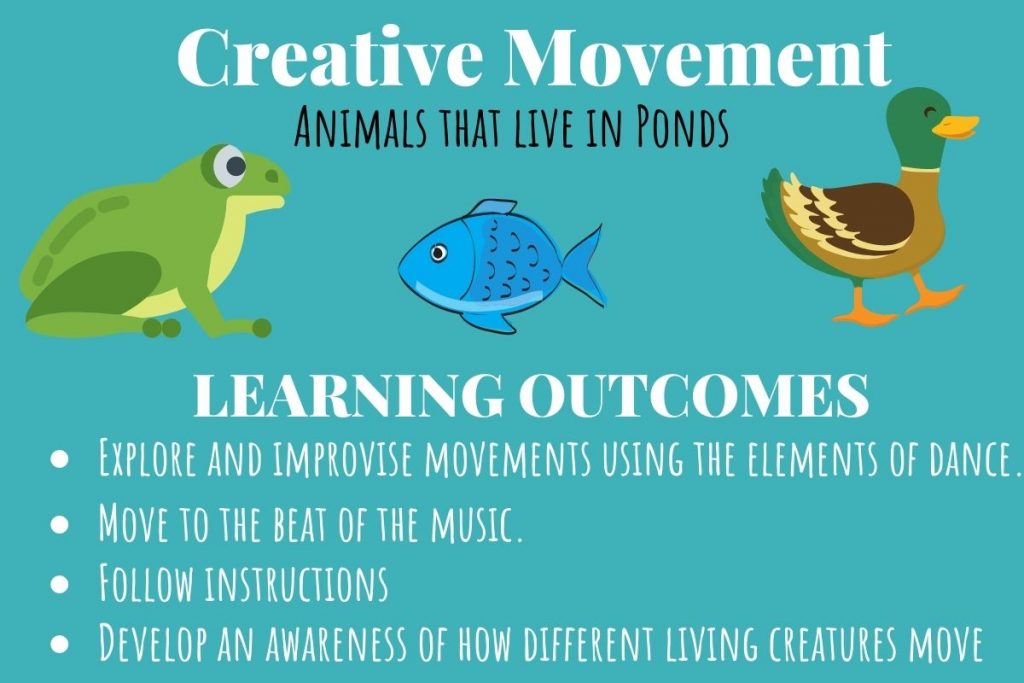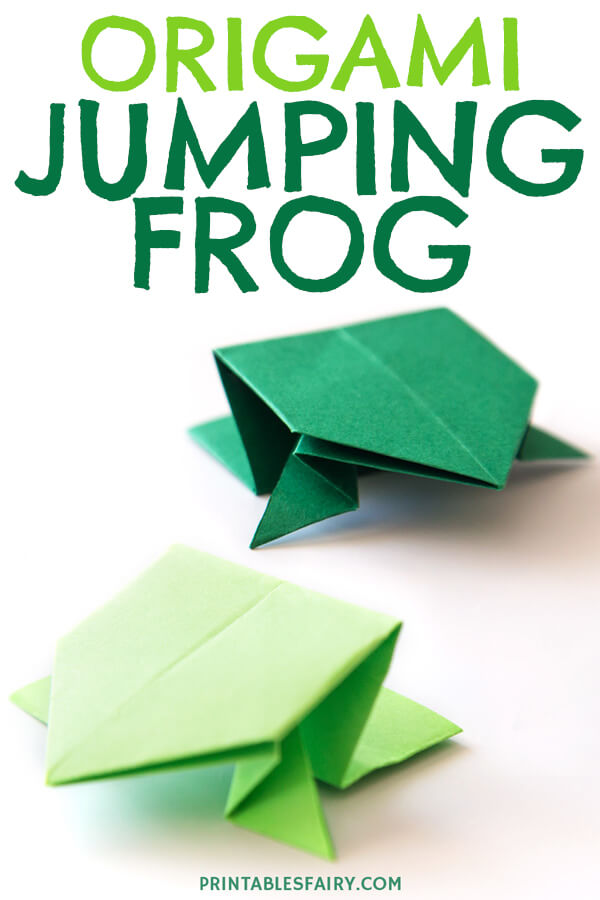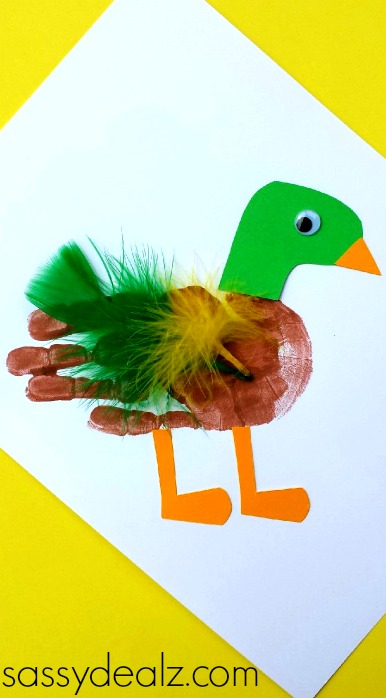Come with us as we explore pond life by moving our bodies in ways that imitate swimming, hopping, flying with a whole lot more creative movement fun. This dance class will get your kids moving as we explore with our bodies the ways different animals who live in pond environments move using carefully selected music to help ignite the imagination and provide a beat and rhythm to dance and move to.
The class begins with a warm-up, finishes with a cool down and we spend time investigating the movement of each animal and then we even play a fun recall game as well all in about 16 minutes, just long enough to keep even the littlest ones attention!
And as always, if you scroll further down after the video, you will find some learning activities and ideas that are linked to different areas of a school curriculum which means you can either use the class as a springboard to initiate learning in other areas or use the video to compliment learning already happening at home or in school or just for some active screen time to keep your kids occupied at home!
This lesson is scheduled to be available on May 17th, 2021 so make sure you subscribe to the YouTube channel to be one of the first to watch it!
Click here to go straight to a playlist on Youtube of dance classes by Move Dance Learn. Don’t forget to subscribe to get notifications as the library is growing every week!
Or you can check out these other creative movement dance classes all themed on animals!
POND LIFE CRAFT AND ART ACTIVITIES
LINKS TO THE CURRICULUM
As a teacher in Australia with a Bachelor of Education (Primary), I am always looking at ways to creatively teach children and regularly used dance and movement in my classroom to enforce learning of concepts and material we were learning about in different areas of the school curriculum.

The following are some links and connections that can be made from this movement lesson to various other areas of learning!
Mathematics and Arithmetic
- Draw, cutout or create lily pads and frogs, and use these manipulatives to develop an understanding of addition and subtraction – There were five frogs sitting on the lily pad and two jumped off, how many do we have. You can do similar activities with schools of fish or mama ducks with her chicks.
- Explore the difference between what we would describe as a pond compared to a lake by investigating capacity. Set up containers and buckets of different heights and widths and pouring utensils with water to investigate how much each holds and relate this to our investigative question about ponds and lakes.
English and Literacy
- Create a spelling list with words related to ponds and wetlands.
- Create a list of verbs to describe how the animals moved.
- Sing nursery rhymes such as Five little ducks or Galoomph went the little green frog, 12345 once I caught a fish alive.
- Read books about frogs, fish, and ducks both fiction and non-fiction.
- Write a narrative that includes a frog, fish or duck as your main character.
- Research and then write a report or explanation about frogs, fish or ducks.
- Write an investigative report about how the rubbish you throw on the ground can end up in the drains and eventually in ponds and other waterways creating polluted environments for the animals that live there.
Science and Technology
- Explore how these animals have evolved over time.
- Investigate how a duck is able to swim, fly and walk on land.
- Find out how a ducks feathers keep them warm and dry and are waterproof. How can you apply what you have learnt to the design and creation of a shelter or even clothing for humans.
Social Studies
- Go on an excursion to a wetland or similar waterway and document the animals you see and their environment.
- Learn about pond and wetland ecosystems and why they are important for our Earth – for example, Frogs help to keep the number of insects under control.
- Roleplay being a park ranger for a conservation wetland project – how would you care for the environment, how would you keep the visitors to the project safe? how would you ensure the animals and environment stayed protected.
- Build a small pond and fill with fish or tadpoles. Document your experience.
Geography
- Mark on a map in your local area, state, or even country where you find ponds, wetlands, and other similar environments.
- Investigate how wetlands, ponds, marshes and mangroves are shown on maps.
Recent Posts
Here at Move Dance Learn, we create dance videos for kids. We have so many to offer, but thought we would put together a list of our top ten dance tutorials for kids to make them easy for you to find...
Here at Move Dance Learn, we create dance videos for toddlers, preschoolers and kindergartners. We have so many to offer, but thought we would put together a list of our top ten dance videos for...















